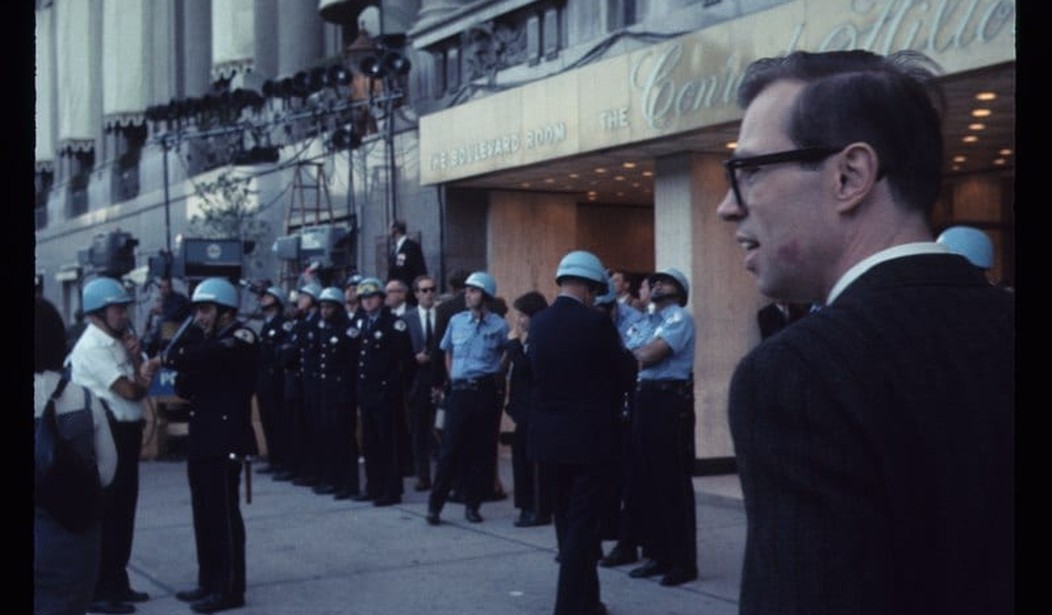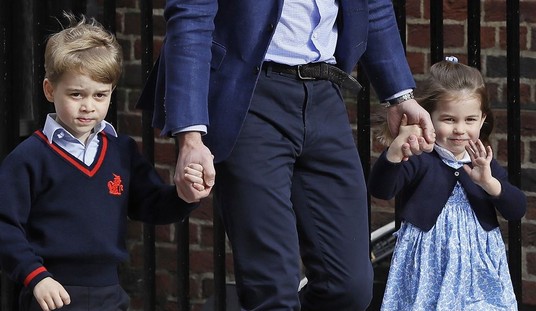Haskell Wexler’s Medium Cool, reviewed in the above clip by Larry Karaszewski, the writer of Ed Wood and The People Vs. Larry Flynt, via the Trailers From Hell Website, is invariably trotted out by film buffs for its blending of fiction and non-fiction. Or as Karaszewski enthuses in his narration:
The best thing about Medium Cool is the way it mixes narrative and documentary forms. Fact and fiction. There’s no other movie like it. You have a fictional story, but inside that, there’s documentary footage. But then there’s also faked documentary footage, and on top of that, there are fictional characters in real documentary footage. It’s mind blowing!
Beyond the loose and proto-postmodern “fake but accurate” (but ultimately fake) feel of the film, and Wexler’s cinematography, which is often stunning, Medium Cool is also one of the touchstones of the late 1960s as the beginning of the nadir of America. The film was shot around the violence the New Left inflicted upon the aging remnants of the old New Deal-era Left at the 1968 Democratic National Convention. (About which Mayor Daley was quoted as uttering one of the great and telling malapropisms of all time: “Gentlemen, let’s get this thing straight, once and for all. The policeman is not here to create disorder. The policeman is here to preserve disorder.” Which neatly, if unintentionally sums up Chicago, then and now.)
Only a year before helming Medium Cool, Wexler was the cinematographer on The Thomas Crown Affair, which was an exercise in pure style — Steve McQueen looking ice cool in his three piece suits and skinny Don Draper-esque ties, Faye Dunaway looking ravishing — the last gasp of the Cary Grant/Grace Kelly/Alfred Hitchcock-style suspense film.
But by then, the moral rot was already seeping in — Thomas Crown, who also robs banks for kicks, is the sort of millionaire playboy version of Clyde Barrow, as portrayed the year prior by Warren Beatty, in the hugely influential film also co-starring Dunaway, and the style of the Hitchcock-era would effectively be dead. Hollywood would then enter a thoroughly confused, and often audience-alienating, and hence money-losing phase which didn’t end until two young whiz kids named Spielberg and Lucas saved the industry. Medium Cool remains a fascinating time capsule of the late 1960s — along with the exhaustion of both its film industry and the liberals who helmed it.
Incidentally, after hearing David Gelernter on Hugh Hewitt’s show, I’m finally going through Gelernter’s new book, America-Lite: How Imperial Academia Dismantled Our Culture (and Ushered In the Obamacrats), and I thoroughly recommend it. As its title implies, the primary focus of America-Lite is how America arrived in 2012, with an academy, media, and president all with — although Gelernter doesn’t use the word in his book — a raging case of Oikophobia. Naturally, that story can’t be told without focusing on the rise of the New Left in the 1960s. Gelernter describes a touchstone moment here:
During the summer of 1967, the New York Review of Books published on its cover a diagram showing how to make the flame grenade called a Molotov cocktail—the message being that left-liberals who wanted to remake American society should take to the streets and throw bombs. Make them, throw them, and the hell with it. If people burn, they burn. What’s important anyway, mere human beings or the Big Idea? The Movement? The Revolution? Also sprach the left. Back in the 1930s, the malevolent ravings of left-wing intellectuals had been unimportant to American culture at large. But now, times were different. The colleges were listening (although even the radical left-liberal college students of the late 1960s rarely resorted to Molotov cocktails—despite being grateful, no doubt, for the Review’s helpful advice).
With its focus on the violence surrounding the 1968 Democratic Convention, in a sense, Medium Cool functions as a sort of visual styleguide to Gelernter’s book. America-Lite describes how the cultural breakdown occurred, and how it continues to impact us today. But to get a visual sense of the late 1960s as it was seen by a director who was (and is) very much a man of the far left, this is the film that will do the job. And like the decade itself and the tragic descent of the ideology that propelled it, it’s not a pretty story, whether told in fact or fictional form.
(Via Kathy Shaidle who quips, “Dear Hippies: Please Die Faster;” originally posted at Ed Driscoll.com.)










Join the conversation as a VIP Member